If COVID Remains Forever?

When the first case of Covid-19 was registered, no one would have ever thought that it will cover a whole year. The world has entered the year 2021 and still, there are lockdowns and people are dying due to this virus, which is still mutating and becoming more dangerous. But now we have the vaccines for Covid-19 but how effective they are? No one actually can confirm. Well, that’s another matter of discussion.
Here, the issue is that this nanometre size virus have gone to become a giant one. We cannot predict how many more days we have to live with this and for how many new strains we are going to develop a vaccine. After the U.K., South Africa and China variant of Covid-19, now there is an Indian strain that is very different from the others previous one and much lethal from the original Covid19 SARS-CoV-2 (Severe Acute Respiratory Syndrome – Coronavirus – 2).
Governments will have to go for lockdowns and need to take other precautionary measures everywhere, as of its duty. But again the larger question is that when all of this is going to stop? The answer is again the same, nobody can actually tell when the virus will vanish away. Or will it even vanish? The thought of the virus never vanishing may haunt us. But this can be a higher chance that we may see the virus forever with us as the other virus of Common Flu and HIV. However, looking at its severity it can’t be compared with others.
We have to make ourselves self-ready to live with this. Situations are different for each country depending on the people and its geography. Herd immunity in the case of Covid-19 looks not to work. As the U.K. tried it initially but had to get away from this strategy. And even if it works, it will take years to achieve herd immunity.
The second wave has already arrived at many places. People are dying despite being vaccinated. But ultimately life goes on and only the thing we can is to plan appropriately according to the situation. There are many factors on which governments need to upgrade themselves and design new systems according to the need of the hour.
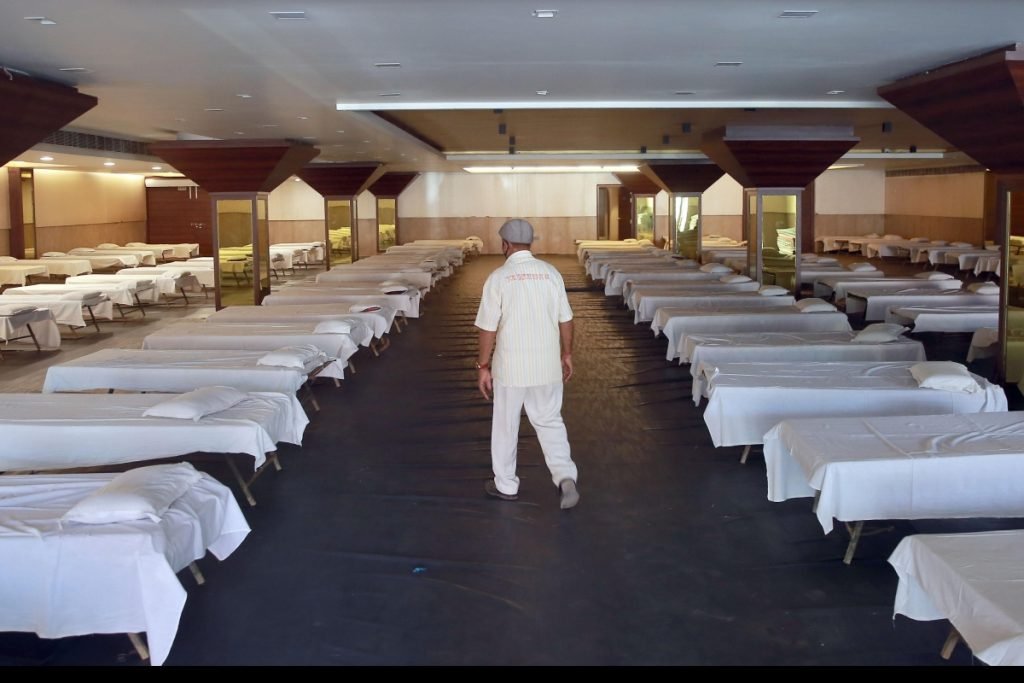
Building Health Infrastructure
Covid-19 has presented the need for several transformations in India’s health infrastructure. It exposed deeper cracks in the public health care sector. In the initial days, the condition was very dangerous. There was a severe shortage of hospitals and even if there were hospitals, beds were not sufficient to accommodate the increasing number of patients.
India spends less than 2% of the GDP on healthcare and that is lower than China and the U.S. that reaches around 5% and 17% of GDP, respectively. After one year India may have able to touch some of the targets but still, there is a need to take a closer look at the Covid19 and non-Covid19 disease prevention measures.
We have to keep in mind, disease burden in cities differs compared to rural regions and has continued to change. Even when we look at the number of Covid-19 cases, Cities supersedes the rural areas. Diseases such as cholera, tuberculosis and dengue are still prevalent in urban India. There are patients with heart and kidney diseases who need regular care and they cannot be neglected due to Covid-19.
Healthcare needs to become a policy focus for India at this point in time. With the Covid-19 again emerging the system need to have more facilities so that people can get proper treatment. Technological advancements are required to be made so that the help could reach on time. States should follow a holistic approach and that can be made at the village and the block level itself so that no one should be left behind. Participation of the private healthcare infrastructure should be endorsed and they should be facilitated for their contribution in this tough time.
Rebooting Economy
The Covid-19 pandemic is a global shock making disruptions to both supply and demand in an interconnected world economy. On the supply side, infections reduce labour supply and productivity, while lockdowns, business closures, and social distancing also cause supply disruptions. On the demand side, layoffs and the loss of income (from morbidity, quarantines, and unemployment) and worsened economic prospects reduce household consumption and the firm’s investment.
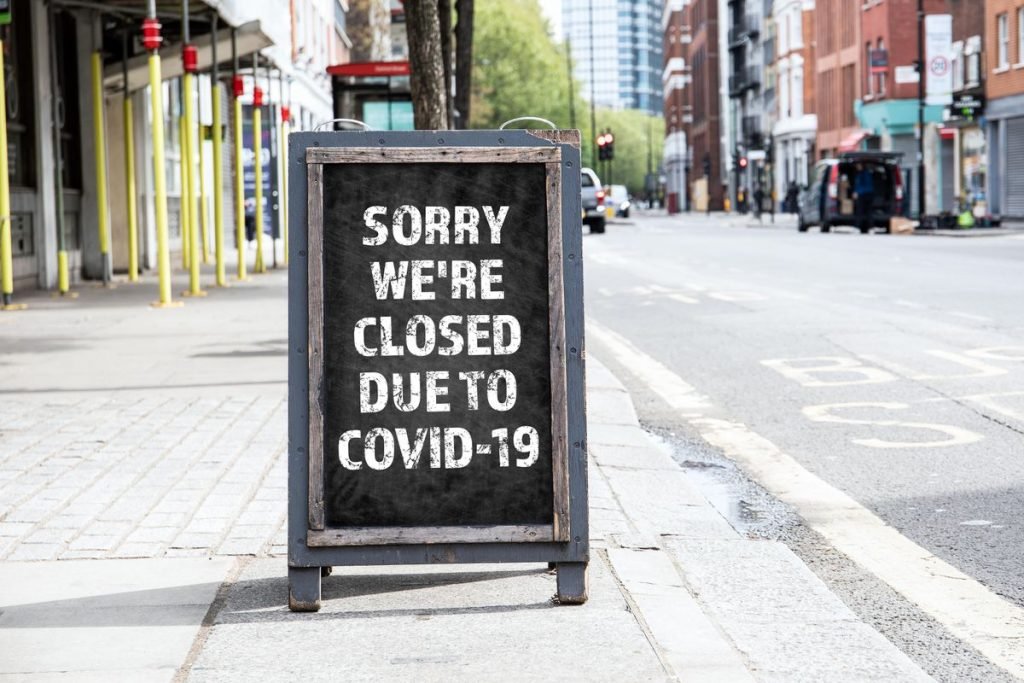
The extreme uncertainty about the path, duration, magnitude, and impact of the pandemic could pose a vicious cycle of dampening business and consumer confidence and tightening financial conditions, which could lead to job losses and investment. Key challenges for any empirical economic analysis of Covid-19 are how to identify this unprecedented shock, how to account for its non-linear effects, how to consider its cross-country spillovers and other observed and unobserved global factors, and how to quantify the uncertainty surrounding forecasts, given its unprecedented nature.
But there are certain steps that can help in balancing the downgraded economy. The domestic economy also needs greater care as it does impact the day to day life of the common man. Universalisation of Public Distribution System (PDS) can help the poor population whom job got lost due to this pandemic. This will ensure the food available to as many as possible.
After the migrant workers’ crisis during the lockdown, the focus has shifted to reverse migration. The authorities need to look at this seriously as a severe situation as the same condition like the previous year can rise again. So people should be provided jobs at their places only. And in this MGNREGA (Mahatma Gandhi National Rural Employment Guarantee Act) can play a major role as it has already been used by more than 86 million people in the first half of 2020-21.
A direct cash transfer to affected populations and provide input tax relief to producers in selected sectors can also play an important role. Public investment in physical and social infrastructure is also the need of the hour.
Streamlining Travel and Tourism
The contribution of the Aviation Sector and Tourism to India’s GDP stands at about 2.4% and 9.2% respectively. The Tourism sector served approximately 43 million people in FY 18-19. Aviation and Tourism were the first industries that were hit significantly by the pandemic.
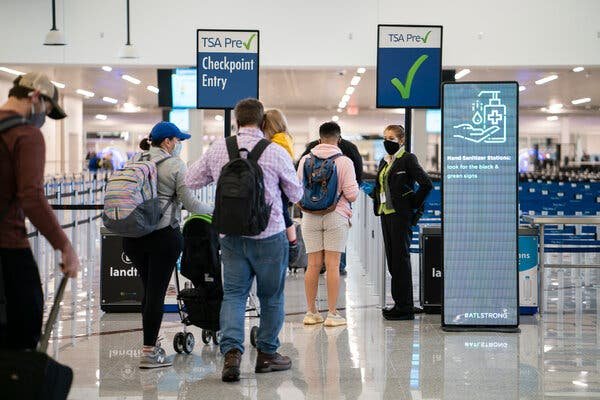
There are limited international flights due to the fear of the virus. In the past decades, tourism has experienced continued growth and became one of the fastest-growing economic sectors globally. The sector witnessed a 59% growth over the decade in international tourists’ arrivals from 1.5 billion in 2019 compared to 880 million in 2009. Tourism is also a key driver for socio-economic progress, with tourism specific developments in an increasing number of national and international destinations. Globally also, the tourism industry contributed $8.9 trillion to the GDP in 2019 equalling a contribution of 10.3%. It is also to note that 1 in 10 jobs around the world is in tourism, equalling 330 million jobs.
Not only the aeroplanes are on the ground, but hotels are also closed even the people are who require urgent medical treatment in other country are not able to take that due to this impacting medical tourism as well. And this needs to get open up.
Enabling tourism once again would require measures ensuring that people are and feel safe towards travelling. With lockdowns ending at some places, countries have started to ease border restrictions and reopen for international tourists. Although many governments are still advising against nonessential international travel.
The European Commission has released guidelines for how its member states can start to ease coronavirus travel restrictions and enable tourism to begin again. The Baltic States are creating a travel bubble, allowing citizens to travel freely between them. New Zealand and Australia have committed to introducing a trans-Tasman COVID-safe travel zone, as soon as it’s safe to do so. India also needs to come with such a type of initiative.
Opening back Educational Institutions
Education is one the most important factor for any human mind and collectively also for the growth of the country. But all schools, colleges, and other educational institutions were required to be shutdown. Exams were cancelled and students were promoted based on their previous performances.
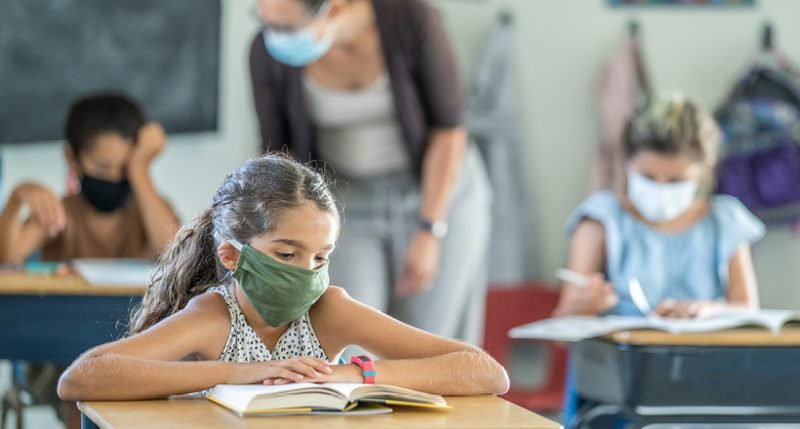
Various video calling applications are being used to interact with the children. But, does it really fill the gap of the school? Schools have a proper structure in which children find themselves comfortable. There is a proper schedule of study time and playtime. A school is a place where children meet like-minded other children and learn new things by doing and seeing them practically. This learning helps them to realise the true self and this cannot be replaced by any online learning app.
Rural education structure has come to a collapsing situation. Lack of resources like unavailability of gadgets and internet connectivity poses a big challenge. It is also creating a social gap between those who have access to these resources and those who don’t.
Schools can be opened up in shifts. Class bubbles can limit the spread of the virus between the students. Remote learning through television and radio should be given a focus. Evaluation is a must and this can be done with the help of the community. Teachers who are off from schools can educate the children near their place only. And with this, no one will be left. Open book tests must be promoted.
Way Forward
Work culture has already changed a lot and work from home (WFH) has become a new normal. It has highlighted the importance of adequate living spaces and access to the outdoors. It renewed, through their absence, an appreciation of social contact and large gatherings. It showed up mass daily commuting for the dehumanising drain on energy and resources that it is.
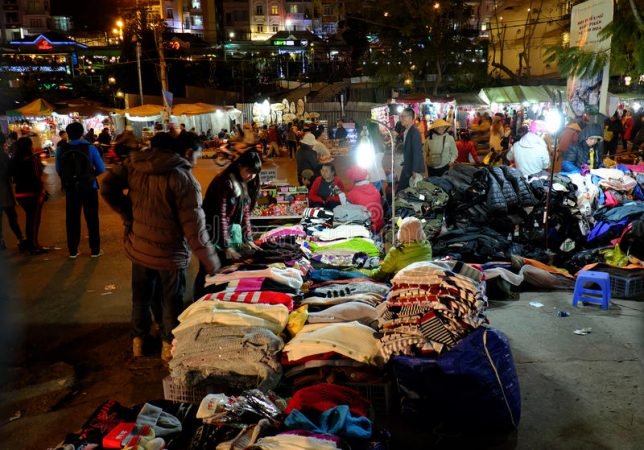
And there will always be millions who want to live in cities and millions who want to live in towns and villages, but there are also those for whom these are borderline decisions, with pros and cons on each side. But what about the life of people who are daily wage workers? They sadly have to struggle a lot.
The world has witnessed many wars, earthquakes, tsunamis and pandemics as well. Food, shelter, health and education are some of the minimum basic necessities for survival and if these things can be provided locally. Governments can restrict the unnecessary travel and danger of community spread. We humans have to learn from each event and must discover according to each new challenges. Each time human bond becomes even stronger. Life continues to go on. It’s the survival of the fittest. It’s all about the individual.


















